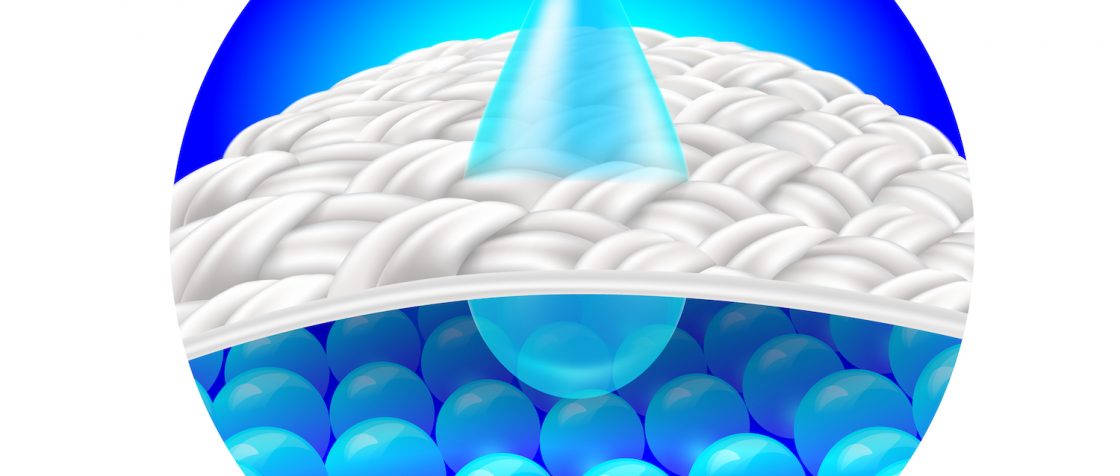
Researchers at MIT have synthesized a superabsorbent material that demonstrates “record-breaking” vapor absorption from the air, even in desert-like conditions. The superabsorbent gel can be produced quickly and at large scale, and could be used as a passive water harvester, particularly in the desert and drought-prone regions. It could also possibly be incorporated into air conditioning units as an energy-saving, dehumidifying element.
“Any desert during the night would have that low relative humidity, so conceivably, this material could generate water in the desert,” said Carlos Díaz-Marin, a member of the Device Research Lab at MIT.
The material is made from hydrogel, a naturally absorbent material that is currently in use in disposable diapers. The team enhanced the hydrogel’s absorbency by infusing it with lithium chloride – a type of salt that is known to be a powerful desiccant. They found that the best performing samples are hydrogels that were infused with 4 to 6 grams of salt per gram of polymer. These samples absorbed about 1.5 grams of vapor per gram of material in dry conditions of 30 percent relative humidity.
As the material absorbs water vapor, it swells to allow for even more moisture absorption. Even in very dry conditions, e.g., with 30 percent relative humidity, the material can pull vapor from the air and hold in the moisture without leaking. The water could then be heated and condensed, and collected as ultrapure water.
“We’ve been application-agnostic, in the sense that we mostly focus on the fundamental properties of the material,” said Díaz-Marin. “But now we are exploring widely different problems like how to make air conditioning more efficient and how you can harvest water. This material, because of its low cost and high performance, has so much potential.”
